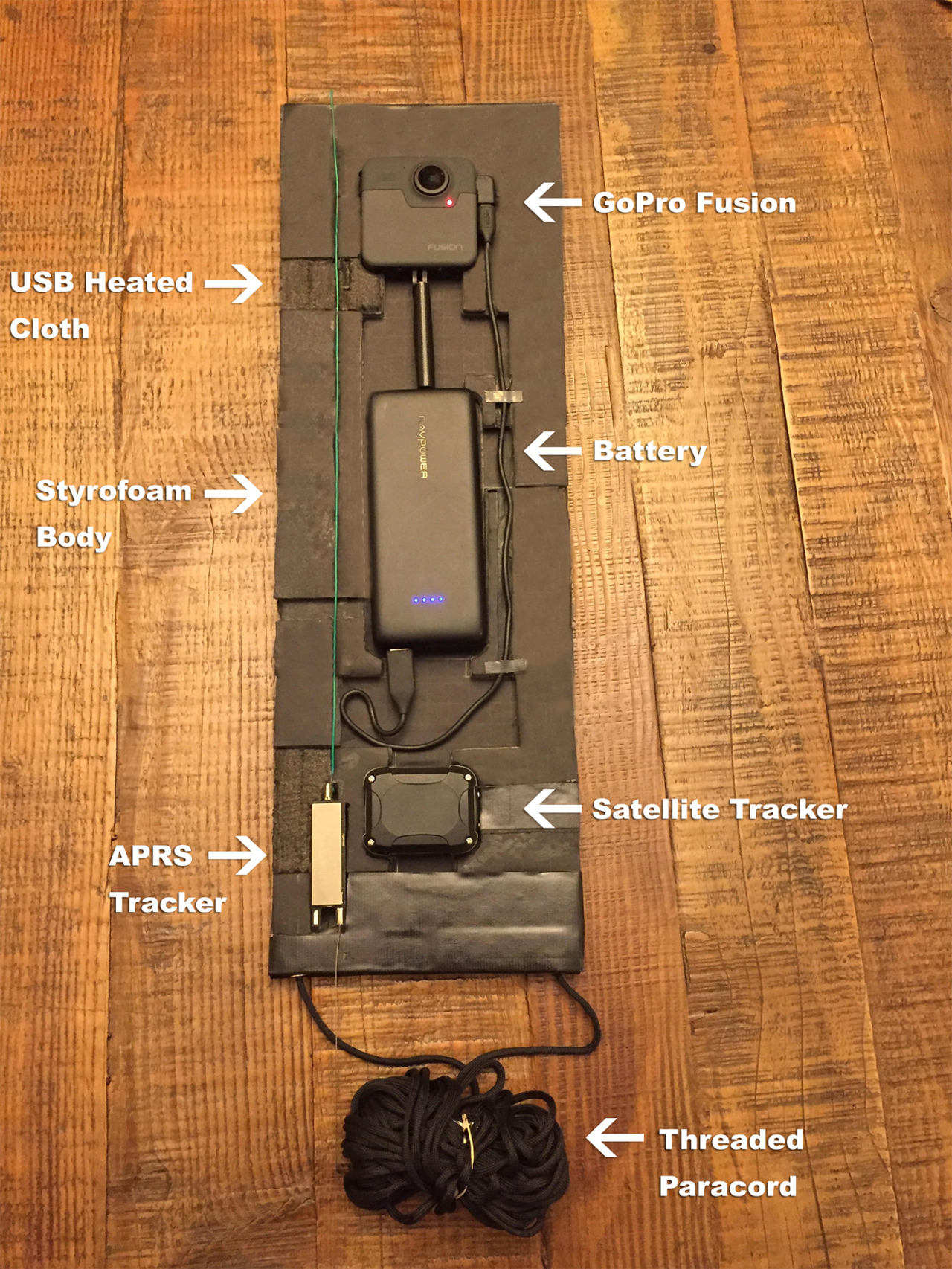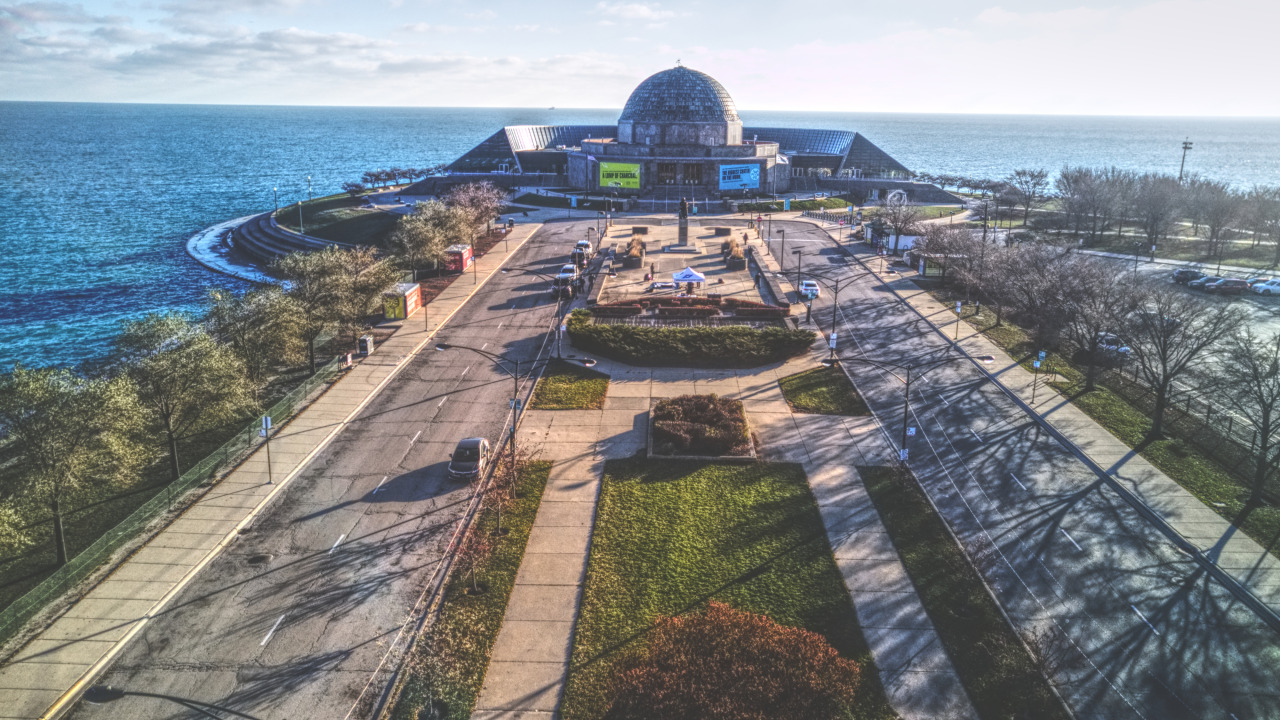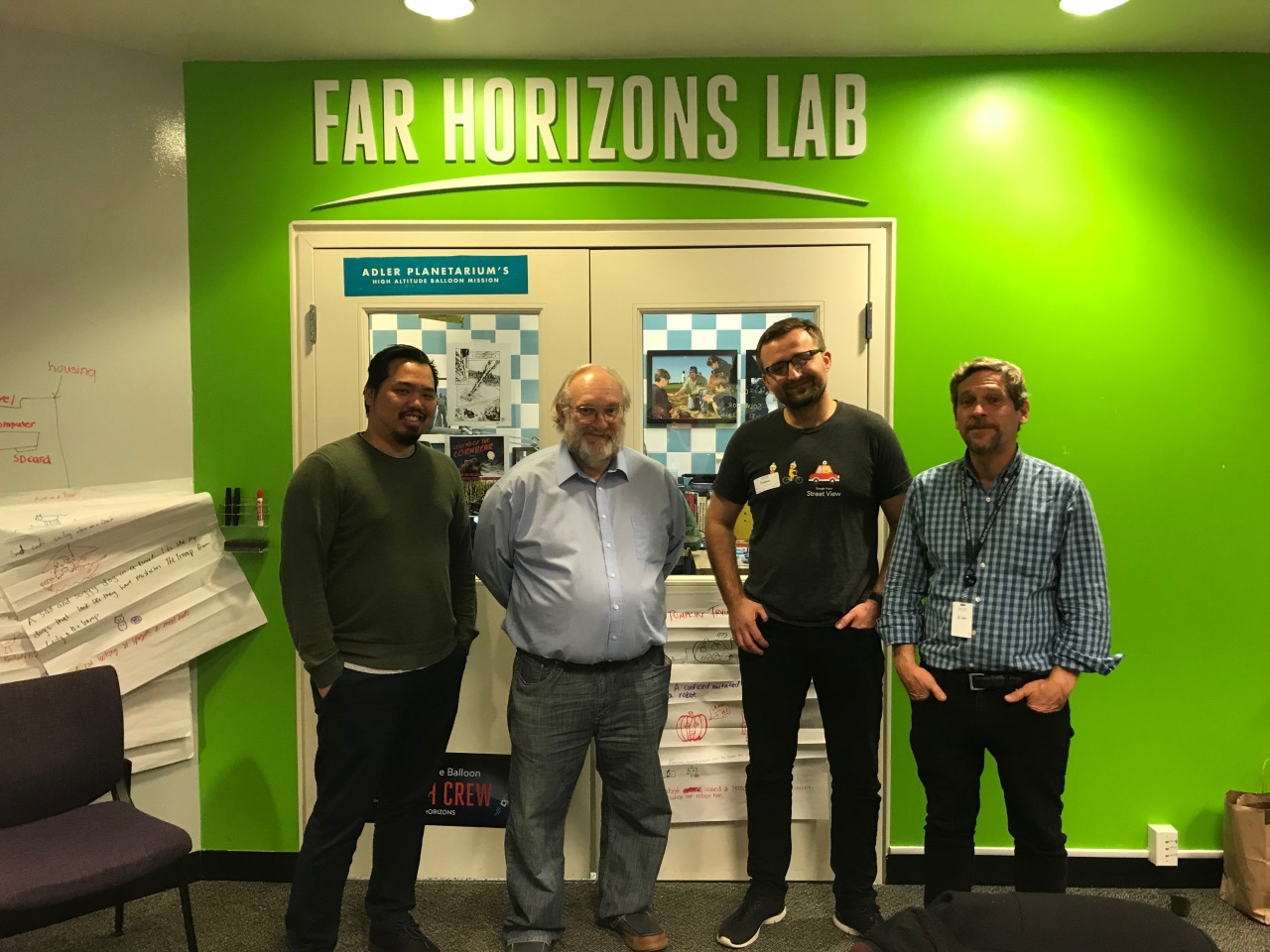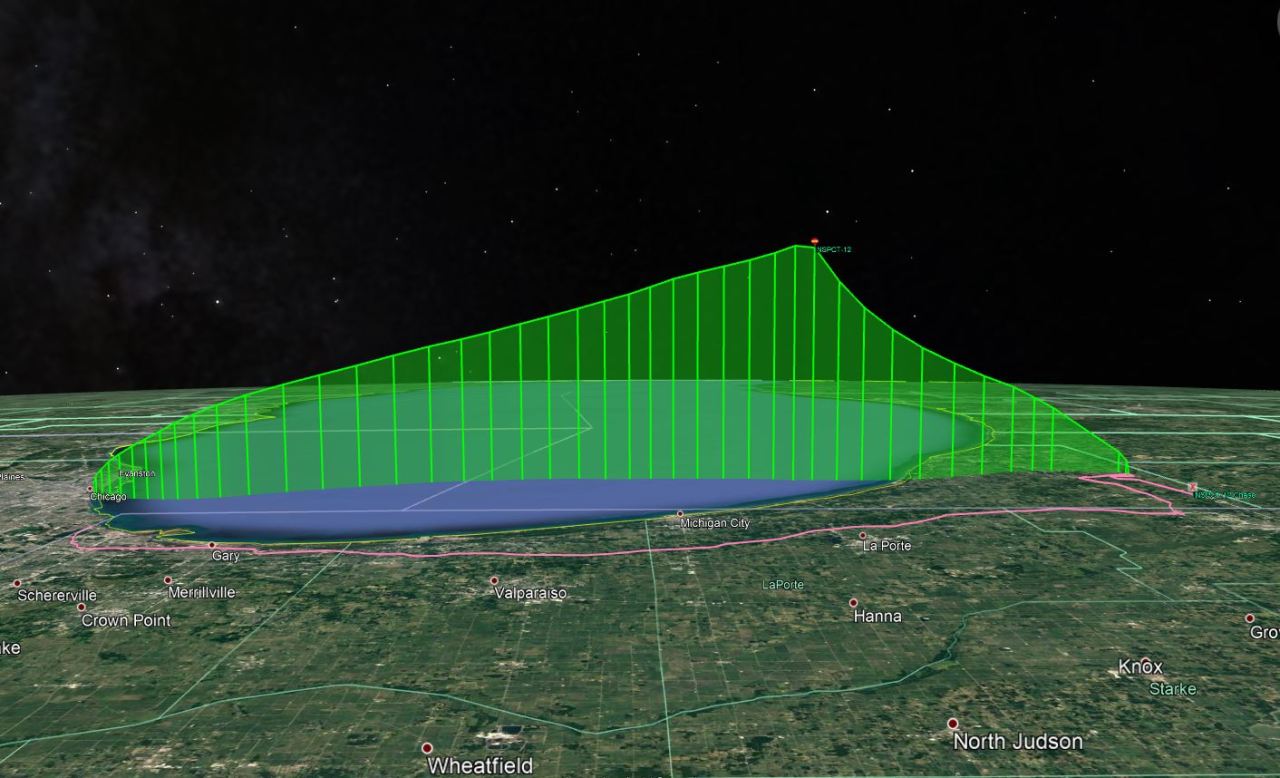First Google Street View Tour to Near Space from Adler Planetarium with 360° GoPro Fusion Camera
by Panoskin Team, on Nov 30, 2018 9:00:00 AM
On November 14, 2018, the TourBuilder team launched a 360° GoPro Fusion camera into the stratosphere, creating the world’s first Google Street View tour to space. TourBuilder worked with several organizations to make this happen, including the Adler Planetarium in Chicago. After all, it only seemed fitting that the first Google Street View tour to space launch from America’s first planetarium!
Look at the Custom 360° Tour we created from the footage.
Our goal for the space launch was to show the world that Google Street View is not limited to the streets. Using our software TourBuilder, anyone can publish interior or exterior spaces directly to Google Street View, notwithstanding the stratosphere.
To make publishing to Street View even more accessible, we’re working with GoPro and Google on a desktop application to streamline the virtual tour publishing process even more. You won’t need a particular Google Street View car or Trekker to publish to Street View. Very soon, any GoPro Fusion user worldwide can post directly to Google Street View and share their adventures on Google Maps! Want to add that mountain you scaled or trail you trekked to Google Street View? GoPro Fusion users will be able to do that soon!
How It All Came Together
Launching the GoPro Fusion and retrieving the footage required a lot of engineering and planning.
To design a feasible payload, it needed to meet the following requirements:
- FAA regulations for unmanned space crafts
- Withstand the extreme cold of the stratosphere (as low as -140°F)
- Be trackable for recovery
- Shoot a video that could mask out the payload for the best imagery.

To achieve this, the payload was constructed out of sheets of foam board to keep it light, insulated, and buoyant. Using these sheets also allowed for better control of the payload thickness, determining if the payload could be masked in the footage.
We also used an external battery pack to power the GoPro for an extended period and a layer of USB-heated cloth to keep the battery and components warm.
The payload was also equipped with a parachute to ensure that it returned to Earth at a safe speed that would not harm people, property, or equipment.
It was equipped with five types of trackers to ensure that we could find and recover the payload. This included:
- A custom APRS tracker (for real-time GPS tracking via HAM radio)
- A STRATA tracker (secondary GPS radio tracker)
- A Satellite GPS tracker (tracked via satellite in 5 min intervals)
- A directional tracker (a beacon way finder used to locate the payload once it’s on the ground)
- Our phone number
Working with Adler Planetarium and Hawken Orbital

We were thrilled when the Adler Planetarium in Chicago agreed to let us launch from their campus. In addition, we received assistance from Hawken Orbital to make this project a success.
We had an integration test on-site and discussed everything from the payload to flight trajectories and weather patterns.

Pictured From Left: Anthony Lin Product Manager TourBuilder, Dave BohlmannPrincipal Engineer Hawken Orbital, Tom Chomiak, CTO TourBuilder; Ken Walczak, Senior Manager Far Horizons Adler Planetarium
To launch as safely as possible, we had a checklist of items to cover:
- Design a safe yet functional payload
- Obtain proper approvals from the FAA
- Create flight trajectories
- File a Notice to Airman (NOTAM)
- Monitor weather conditions for clear skies
- Coordinate with local air traffic control at Midway and O’hare airports to time everything right.
Our biggest challenge? Weather balloons are typically launched from less populated areas, like deserts and barren farmland. None of the combined 150+ missions that Adler Planetarium and Hawken Orbital flew were done from a central metropolitan area like Chicago. And to our knowledge, we were the first. Suppose you are looking to perform a similar project. In that case, we do not suggest launching from a major city as it requires months of coordination, meticulous planning, red tape, and lots of proper documentation.
The Day of the Launch

The flight lasted over an hour and a half and ascended to around 86,000 feet before landing in a cornfield in Berrien Center, MI. The image below shows the trajectory of the weather balloon in green and our retrieval route in pink.

We created the first Google Street View tour to space and a custom virtual tour from the launch. Aside from capturing fantastic footage, we attracted media outlets from ABC, CBS, and WGN to cover our event.
We got to meet meteorologists Tom Skilling and Demetrius Ivory.

Pictured From Left: Wojciech Kalembasa, CEO TourBuilder; Demetrius Ivory, Meteorologist WGN-TV; Tom Skilling, Meteorologist WGN-TV; Tom ChomiakCTO TourBuilder
And we appeared on Chicago’s WGN-TV to discuss our space launch, TourBuilder, and the ability to publish to Google Street View using the GoPro Fusion.
With the help of all those involved, our space launch was a huge success!
For more information or to start publishing to Google Street View using TourBuilder, visit https://www.tourbuilder.com
The official press release can be found here.


